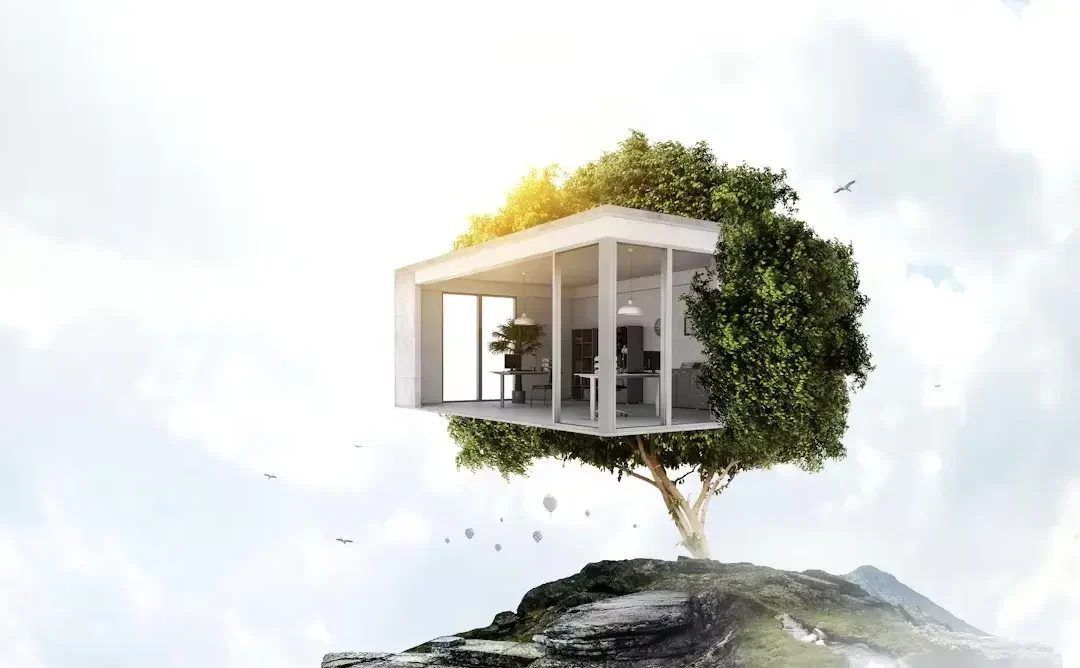The construction industry is a major contributor to global carbon emissions and resource consumption, making sustainable practices more important than ever. One of the most promising solutions is prefabrication, which not only improves efficiency but also reduces environmental impact. Sustainable prefabrication construction is rapidly becoming a cornerstone of green construction practices, offering a way to build more efficiently while reducing the carbon footprint. This article explores how prefabricated construction can help mitigate the environmental challenges facing the industry today.
Waste Reduction: Minimizing Material Waste
A significant advantage of prefabrication is its ability to drastically reduce construction waste. In traditional on-site construction, materials are often over-ordered or improperly handled, leading to waste that fills landfills and contributes to environmental degradation. In contrast, prefabricated construction takes place in controlled environments, where materials can be precisely measured, cut, and used more efficiently.
The ability to standardize production processes reduces material waste by as much as 90% compared to traditional methods.
Energy Efficiency: Prefabrication Saves Energy
Another one of the key environmental benefits of off-site prefabrication is its ability to save energy. Factories where prefabricated components are produced are optimized for energy efficiency, with processes designed to minimize energy consumption. Since construction is carried out in a centralized location, there is less need for workers and equipment to travel between multiple job sites, reducing transportation-related emissions.
Sustainable Materials: Building with a Greener Focus
Many prefabrication facilities are incorporating recycled materials and low-emission products into their building processes. These materials reduce the environmental footprint associated with traditional construction, which often relies on resource-intensive materials like concrete and steel.
Incorporating sustainable materials also aligns with broader trends in green building certifications, such as LEED, where resource efficiency and the use of non-toxic, renewable materials are prioritized.
Prefabrication as a Solution to Climate Change
The environmental impact of prefabrication is clear—it offers a greener, more efficient way to build. From waste reduction and energy efficiency to the use of sustainable materials, prefabrication helps reduce the construction industry’s overall carbon footprint. As climate change continues to challenge global industries, prefabricated construction stands out as a powerful tool in the transition to more sustainable building practices. By embracing green construction practices, the industry can take meaningful steps towards mitigating its environmental impact and contributing to a more sustainable future.
Call us today to find out more about how you can go green with your next project.

